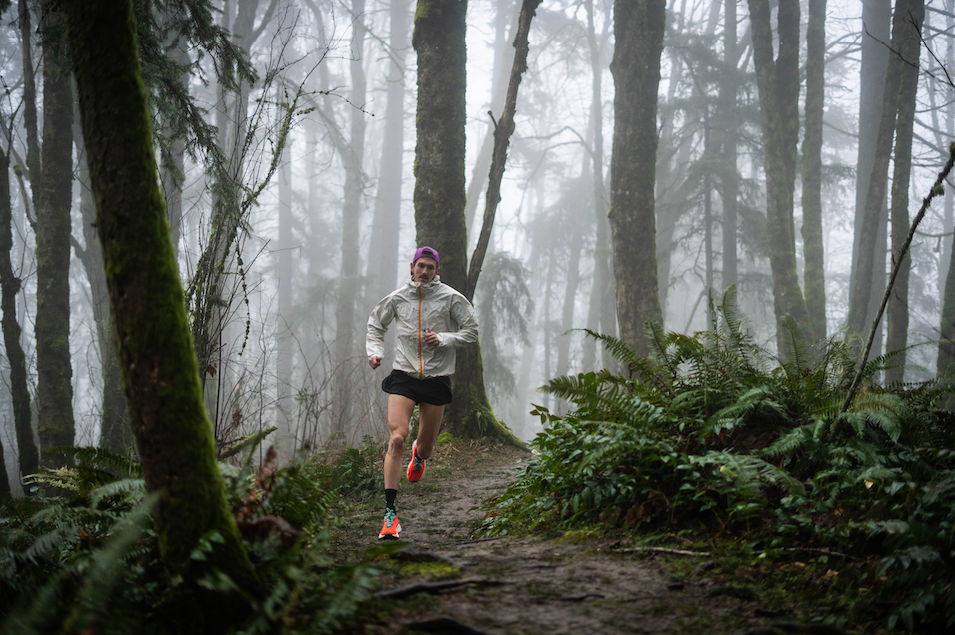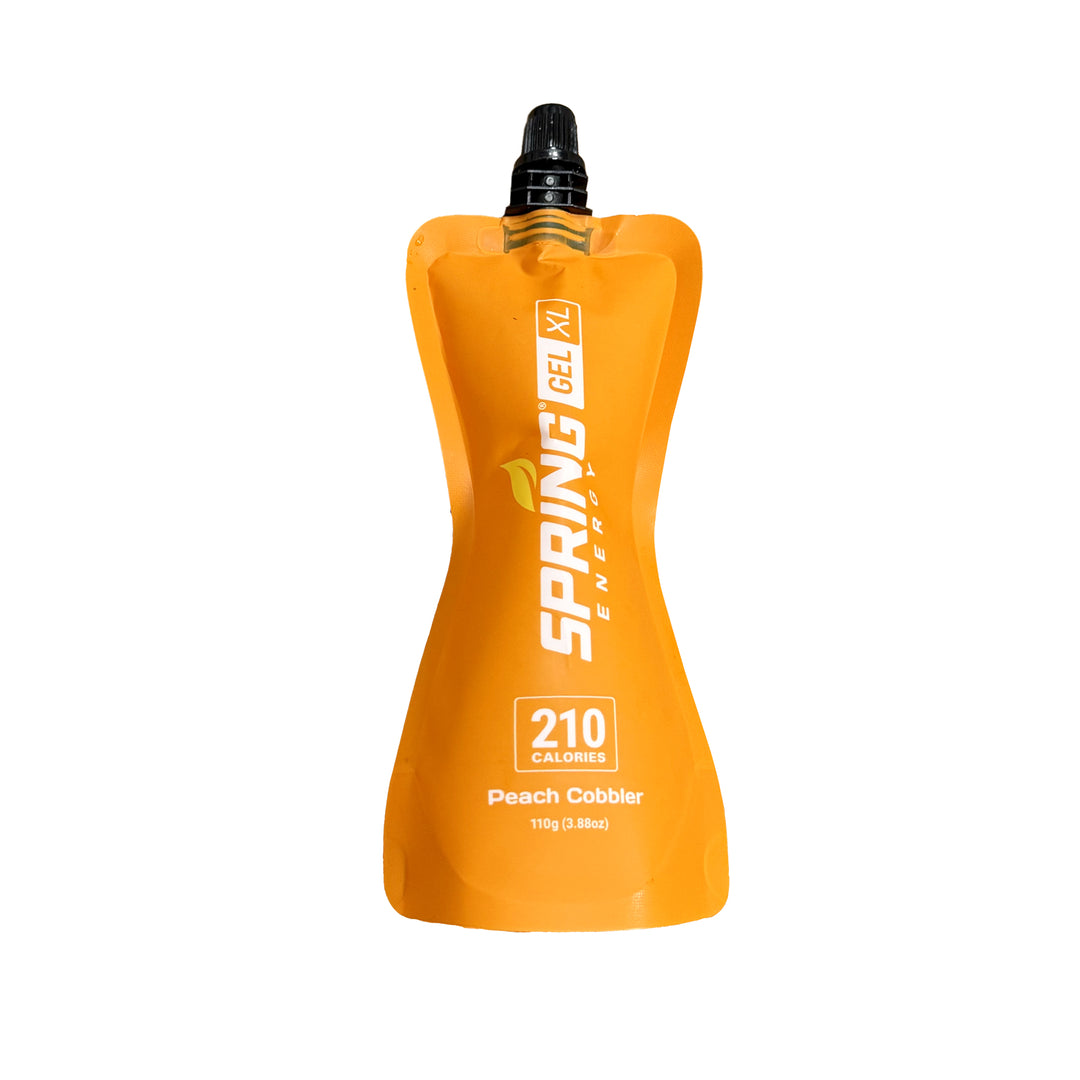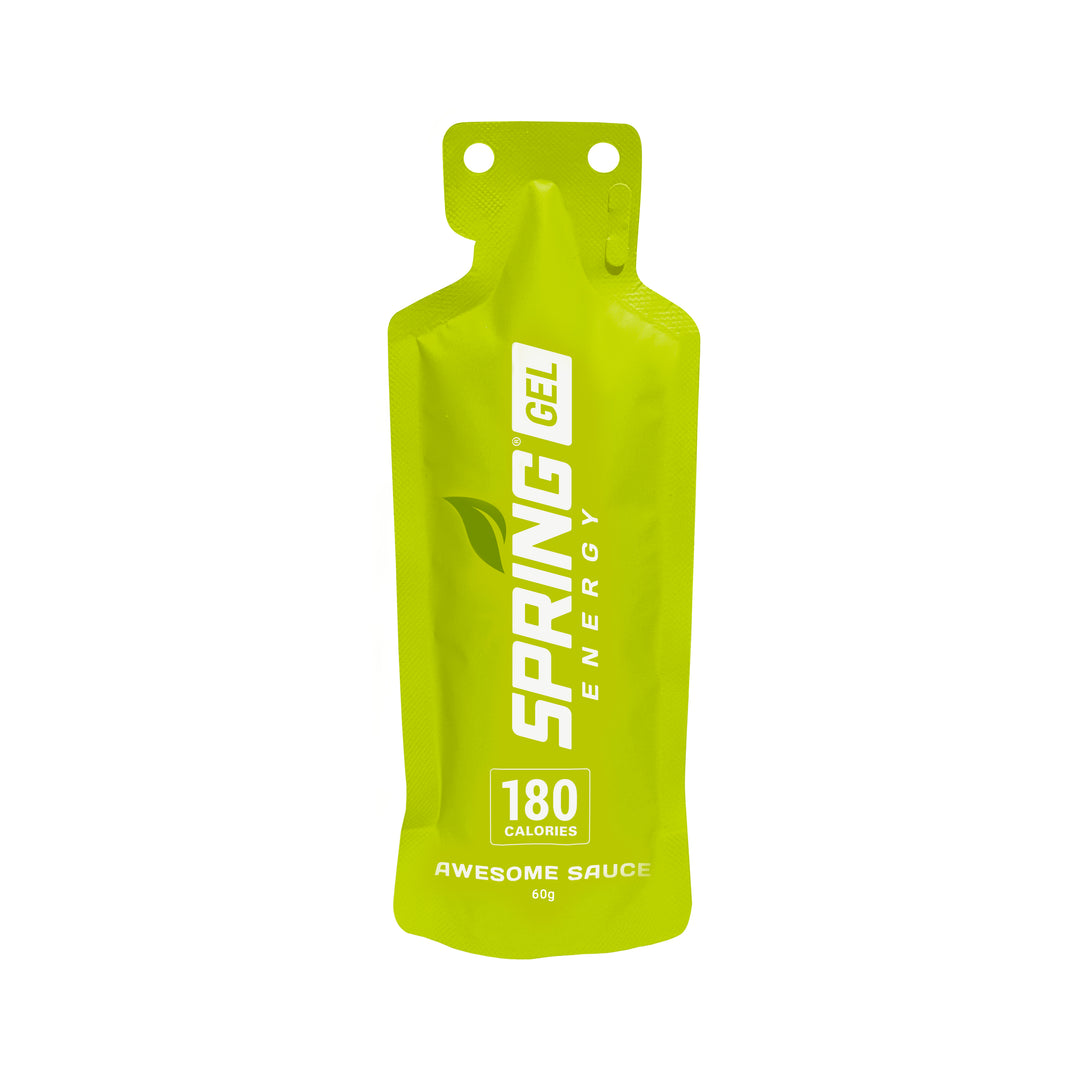The Benefit of Real Foods on Race Days

For long distance runners, fueling a race with some simple (i.e. gels, sports drinks) and complex carbohydrates (i.e. bread, cereal bars, basmati rice) is recommended to get a mix of both quick-digesting and slow-digesting sources of energy. However, most brands of gels and sports drinks can cause gastrointestinal discomfort in some athletes and must be previously implemented into one’s training and fueling regimen to avoid any stomach upset on race day1.

Athletes should be mindful of their consumption of fructose if they have a sensitive gut and aim for no more than 20-30 g maximum fructose per liter in a sports drink. Fructose in absorbed doses of >50 g per liter may cause gas and diarrhea2. Though sports drinks and gels are commonly used during races and training, many brands contain high fructose and maltodextrin content, which not only may cause gastrointestinal upset but are also high glycemic.

High glycemic foods (GI ≥ 70) are foods that cause our blood sugar levels to rise quickly after consumption. Consuming these sources of carbohydrates solely during long races can cause that quick rise and fall in blood sugar and result in a sort of ‘energy crash’. However, foods with a low glycemic index (GI ≤55) However, foods with a low (GI ≤55) or moderate glycemic index (GI 56-69) are digested and absorbed at a slower rate, leading to a slower rise in blood sugar levels3. This allows your energy levels to normalize and minimizes the spikes and dips in your blood sugar.
Fueling with real foods like fruits, nuts, pasta, basmati rice, and oats, which all range as low or moderate on the GI scale4, allows for more sustained energy during long races. These energy sources are also foods that athletes commonly include in their diet, so there is a low prevalence of stomach issues in those who use real foods to refuel when training. Example foods to make for long races are sandwiches (i.e. PB&J, turkey or ham w/cheese), energy balls, and even gels from Spring Energy’s line that combines simple and complex carbohydrates from real foods (i.e. basmati rice, fruits, oats, nuts, avocado/coconut oil, etc.) so they don’t require testing in training to prevent any stomach and/or gut problems.
- Guillochon M, Rowlands DS. Solid, Gel, and Liquid Carbohydrate Format Effects on Gut Comfort and Performance. International Journal of Sport Nutrition and Exercise Metabolism. 2017;27(3):247-254. doi:10.1123/ijsnem.2016-0211
- Fernandez, C. (2022). Nutrition for Track Running and Ultra-Running: Practical Recommendations. In: Canata, G.L., Jones, H., Krutsch, W., Thoreux, P., Vascellari, A. (eds) The Running Athlete. Springer, Berlin, Heidelberg. https://doi.org/10.1007/978-3-662-65064-6_4
- What is glycemic Index. https://www.eatright.org/health/wellness/diet-trends/what-is-glycemic-index.
- Atkinson F, Brand-Miller J, Foster‐Powell K, Buyken AE, Goletzke J. International tables of glycemic index and glycemic load values 2021: a systematic review. The American Journal of Clinical Nutrition. 2021;114(5):1625-1632. doi:10.1093/ajcn/nqab233








Leave a comment